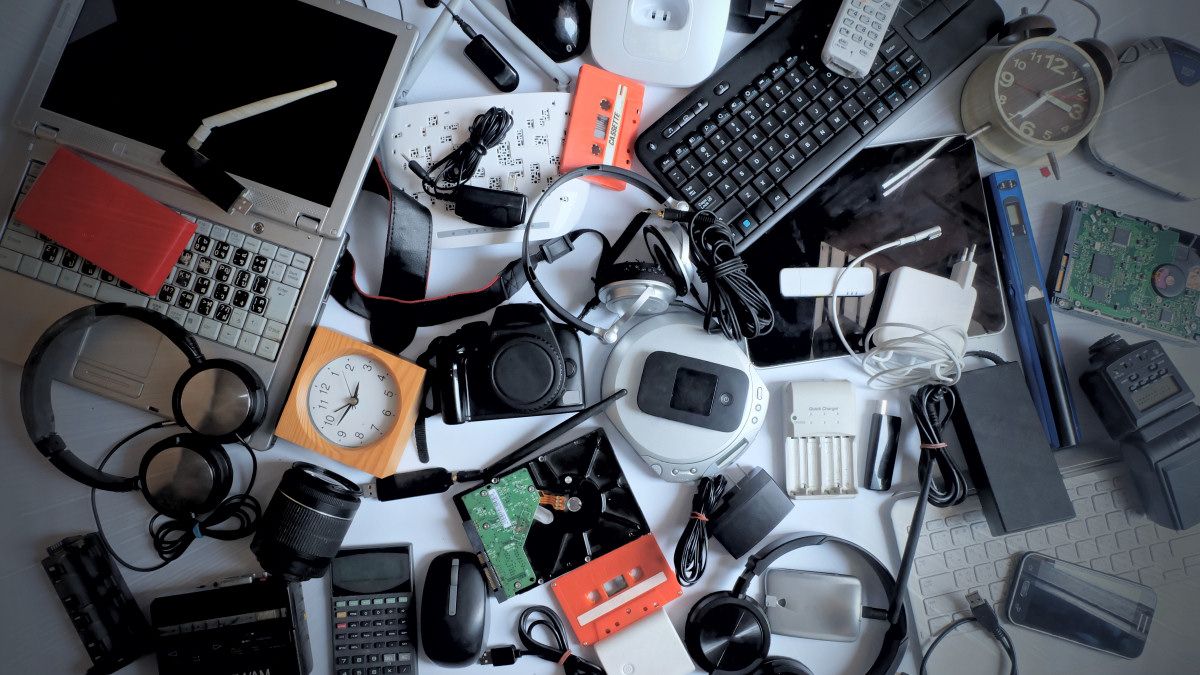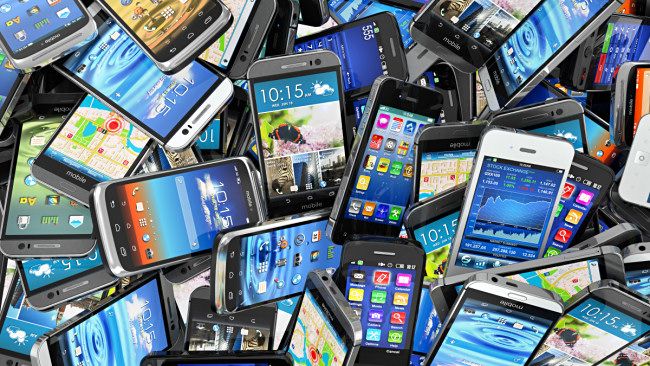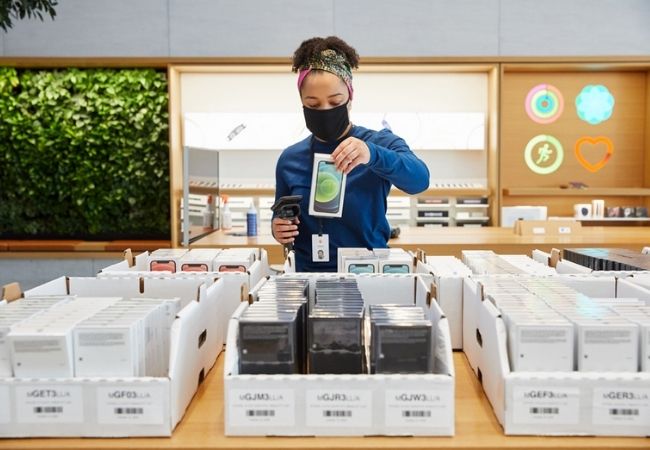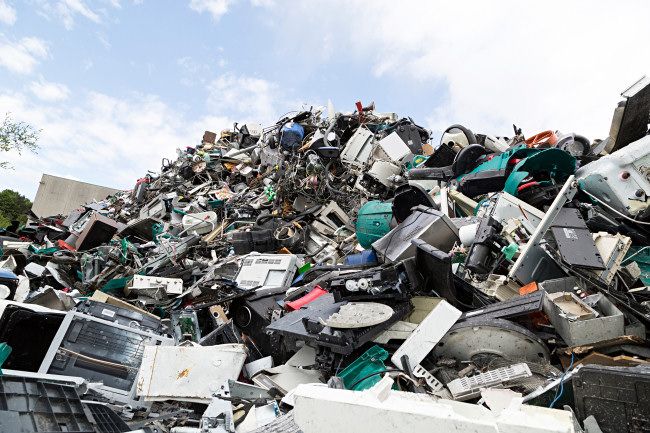Quick Links
"Planned obsolescence" is a strategy that makes products obsolete so that they require frequent replacements. This forces consumers to spend more by buying products more frequently. Here's what it is---and how it's affecting the devices you're using right now.
Your Devices Will Expire
In 2017, Reddit users discovered that Apple was using software updates to slow down or throttle the performance of old iPhones, supposedly to improve battery health. It eventually ended in 2020 with a $500 million lawsuit settlement. Apple's lack of communication about the slowdowns---it wasn't disclosed to consumers before researchers discovered it---brought a debate regarding "planned obsolescence" to the forefront of the tech world.
Planned obsolescence is a way of designing a product to become obsolete after a certain time. It can affect your devices in several different ways, but its chief purpose is to get you to upgrade to a newer gadget.
How Planned Obsolescence Is Created
While the example of Apple (silently) slowing down iPhones on purpose is a noteworthy potential case of planned obsolescence, it isn't the only way that manufacturers can make a product obsolete.
One way is by stopping software updates entirely. Android mobile phones are the biggest culprits of this. While Google's Pixel line gets updated for a reasonably long time, many mid-range devices on the market only get up to two years of Android updates and a single major Android version upgrade. This is why many devices won't be on the newest version of Android at all, even at the time they're sold. These prevent phones from receiving new features, performance upgrades, and crucial security patches.
Another way is compatibility. Over time, a device might not run properly with the newest applications and software. This is especially true for manufacturers that create both hardware and software, such as game console manufacturers. For example, when Nintendo released a new version of the 3DS with upgraded specs, more recent games ran significantly worse on prior versions of the 3DS. This forced users to look for newer versions in order to have a good experience.
Another design choice that created planned obsolescence is the lack of upgradeability. The disappearance of expandable memory on phones, non-upgradeable parts on laptops, and the lack of expansion slots can hamper a gadget's longevity. For many users, the only way to improve their experience is to buy a new machine, which can be significantly more expensive than a potential upgrade.
Right to Repair
One of the most significant and most contentious issues related to planned obsolescence is repairability.
All devices are susceptible to wear and tear. Phones get dropped, scratched, splashed by water, and shaken up all the time. The most common type of damage is a cracked screen, but other parts of a device can be damaged as well. Not being able to repair your device or go to a third party for repairs severely limits the longevity of a device.
In recent years, devices have become increasingly more difficult to do a home repair on. Unlike vehicles, where parts can be easily found and purchased, things like screens and batteries are challenging to find and rarely sold by the original device manufacturer. Even worse is that they purposefully make devices hard to take apart. And if you do figure out how to repair it yourself, that often voids the warranty.
A cultural and political movement designed to counter this trend is called "Right to Repair." Right to Repair laws would require manufacturers to make repair documentation available to everyone as well as to sell genuine replacement parts and tools.
To Buy or Not to Buy
The biggest reason why companies will create planned obsolescence strategies is to force you to buy newer, upgraded products.
A prime example of this phenomenon is game consoles, which are considered to be modern for six to seven years and are then gradually phased out for newer consoles. Game developers stop making games for previous-generation consoles, and eventually, the manufacturers themselves will stop supporting it entirely. This is intended to make sure that you buy a new console every single generation, as the latest games will no longer come out for the console that you currently own.
This is also true for phones. The longevity of a phone will vary from person to person. However, many people buy a new phone every two to three years. This can get expensive if you consider the rising prices of new devices, with most new top-end phones priced at over a thousand dollars. Companies like Apple and Samsung want users to upgrade to the latest and greatest constantly.
The Future of Sustainable Products
As of 2021, many tech companies have taken a stance on environmental matters in the past few years. They've introduced recyclable packaging, reduced plastic use, and even excluded essential peripherals like charging bricks and earphones, supposedly to reduce e-waste. However, planned obsolescence is likely causing even more e-waste to pile up. Many people have multiple old, unusable devices at home or have thrown them out. These devices probably end up in landfills or processing plants.
If you're concerned about buying products that will soon be unsupported and out-of-date, be sure to think about the whole product lifecycle when you're shopping for gadgets. Look for products that are easy to repair and upgrade.




